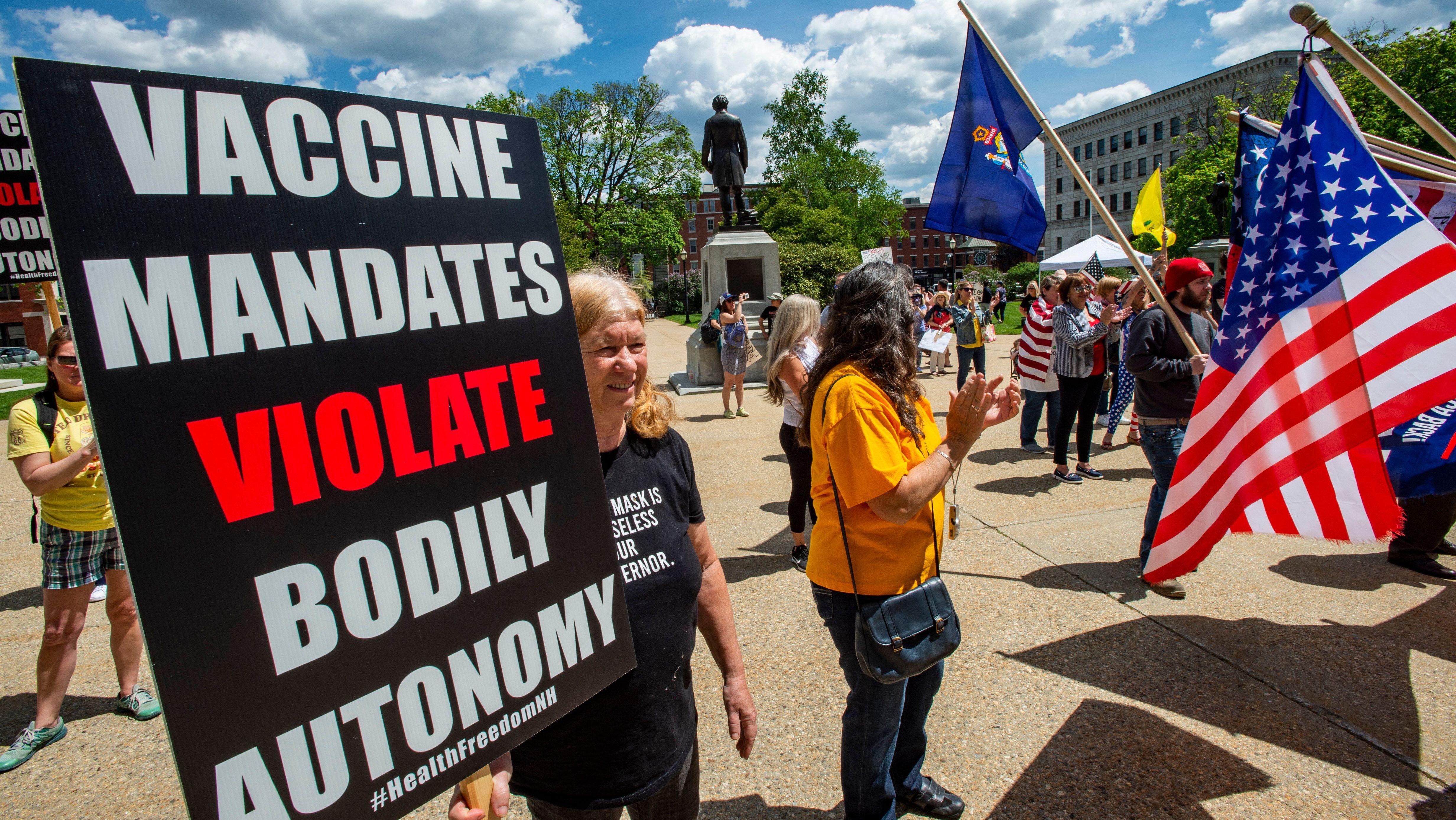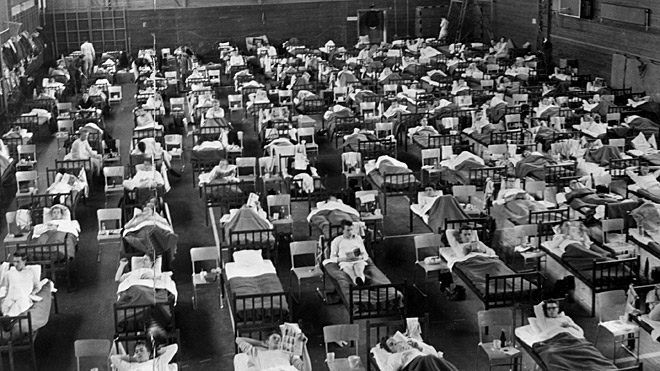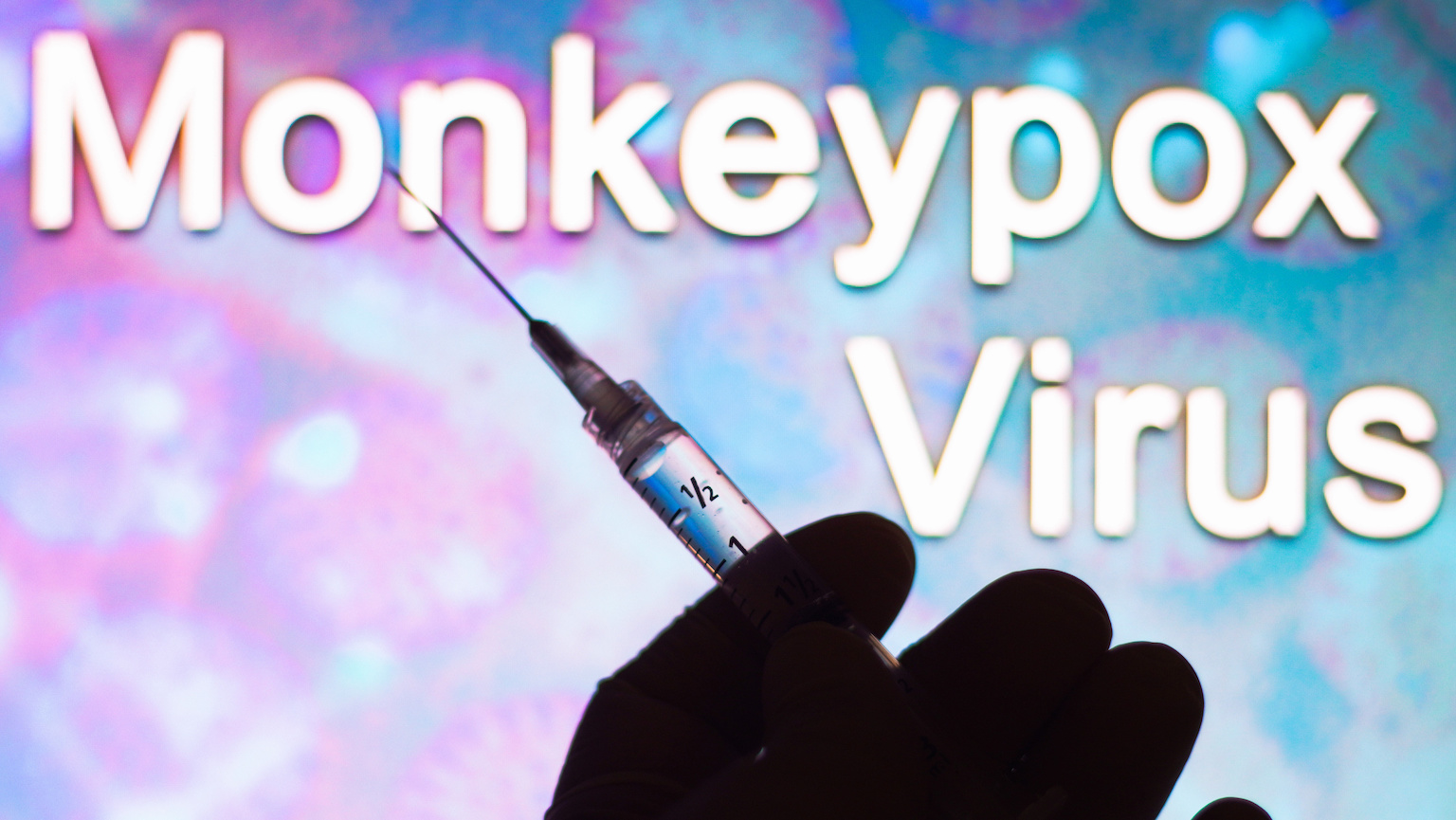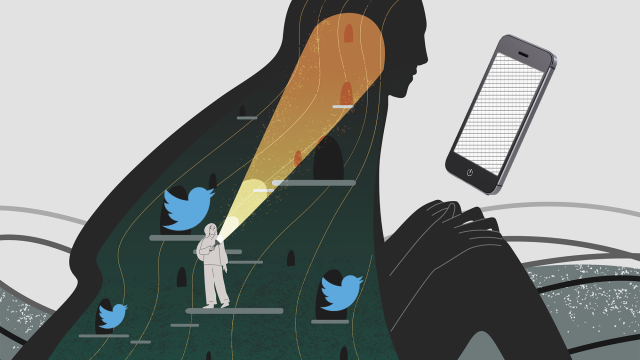Finding ‘patient zero’: The challenges of tracing the origins of coronavirus

Feature China/Barcroft Media via Getty Images
Every country that confirms a local case of COVID-19 – and there are more than 70 such countries now – faces the daunting task of tracking down its initial patient.
This is an important means to safeguard the broader population because locating everyone that this “patient zero” has come into contact with can help curb further transmission. But the people contracting this particular coronavirus do not show enough signs of being sick quickly enough to make their condition known before they may have passed it on. This pattern has helped to make each new national origin probe of COVID-19 – as it continues to spread – incredibly difficult.
Global spread of COVID-19. Image: World Economic Forum
While some countries have seen a gradual rise in confirmed cases, others, like Italy, have endured unnerving spikes weeks after their initial confirmation. Italy’s first identified case was a 38-year-old man from a town southeast of Milan who hadn’t traveled to China. Scientists originally believed Italy’s patient zero was a colleague of his who had just returned from a business trip to China, but this person tested negative – and no other obvious candidates were identified.
 Image: World Economic Forum
Image: World Economic Forum
Iran, too, has suffered from a dramatic uptick in confirmed cases of COVID-19, and over a relatively short period of time. The country’s health minister identified an unnamed merchant from Qom who regularly traveled to China as Iran’s potential patient zero. The merchant, who has since died, had allegedly used indirect flights to get around a ban on direct passage to China implemented in late January, the health minister said – just a few days later, the country’s deputy health minister tested positive for COVID-19.
 Image: World Economic Forum
Image: World Economic Forum
As COVID-19 has spread, so has the popularity of the 2011 film “Contagion” – which has a plot built around the initial victim of a deadly virus. Real-life efforts to track down patient zero are proving to be more complicated. Ultimately, it’s an open question whether singling out one person as a source of the epidemic is even appropriate, as it may do more harm than good by leading to stigma or misinformation.
For more context, here are links to more reading, courtesy of the World Economic Forum’s Strategic Intelligence platform:
- Identifying everyone a COVID-19 patient has had contact with is difficult even when you know how they became infected – and if you don’t, the task is herculean. In the US, these investigations are falling to already-overworked state and county health agencies. (STAT)
- The plot thickens: a study by Chinese researchers published in The Lancet suggested that the “symptom onset” of the first COVID-19 patient occurred on 1 December 2019, and that there was no clear epidemiological link between this first patient and later cases. (The Lancet)
- Apple co-founder Steve Wozniak caused a stir – and raised questions about responsible online behaviour in the midst of an epidemic – when he abruptly announced on social media that he and his wife might be America’s patient zero. Turns out it was just a sinus infection. (The Next Web)
- Tracking down a country’s initial COVID-19 patients can be complicated by testing criteria. While the US’s narrow criteria meant the CDC had tested fewer than 500 people in the US by late February, South Korea had already tested more than 66,000 people by that same point. (Kaiser Health News)
- How Singapore connected the dots: A COVID-19-related effort that zeroed in on a Chinese New Year gathering has helped the city-state effectively contain the spread of the coronavirus. (The Diplomat)
- Important measures can be taken before identifying a “patient zero” even becomes necessary. When the Swedish government distributed a brochure in 2018 informing people how to best secure essentials like food and water during a disaster, it was mocked. Now, the move seems prescient. (RUSI)
Reprinted with permission of the World Economic Forum. Read the original article.






